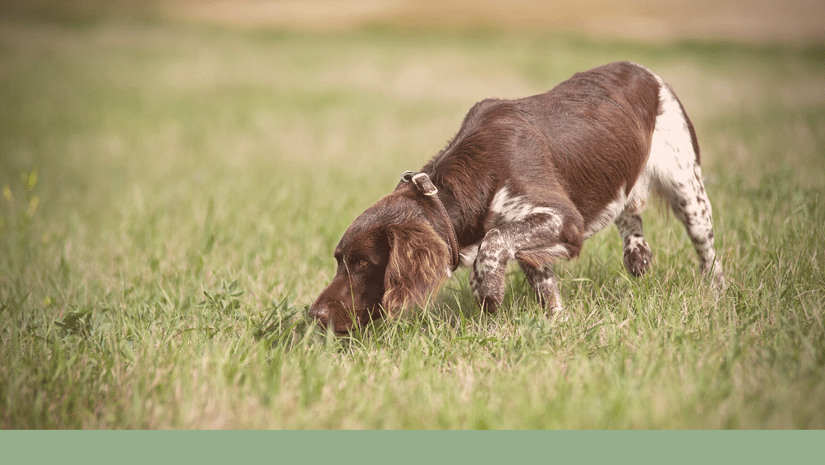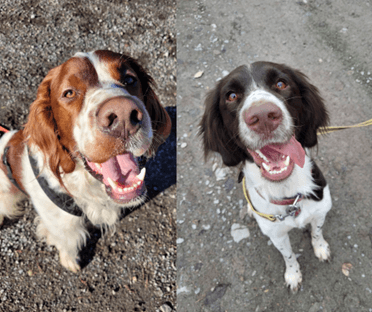
Variations of Prey Drive in Dogs
When you think about your dog’s predatory behaviour, what is the first thing that comes to your mind? Are they a chaser, running after anything that moves? Are they a sniffer, scenting wildlife tracks on the ground or in the air? Or maybe they prefer to listen to the environment, in case there is any potential prey in the area?
The fact is, predatory behaviour looks different between dog breeds, as well as between individual dogs. For years, dogs have been selectively bred to curate the breeds that we know and love today. As part of this process, some elements of the natural predatory motor pattern have been altered, with some becoming more pronounced, and some less so, depending on what the dog was bred for originally.
Untraveling the Predatory Motor Pattern
The predatory motor pattern is the sequence of behaviour your dog progresses through when they are in the mood for hunting. The full predatory motor pattern looks like this;
Orient > Creep >Stalk > Chase > Grab-Bite > Kill-Bite > Possess > Dissect > Consume
This is the ‘original’ predatory sequence that wild canids such as Dingoes demonstrate in full, however this will look different in domestic dogs and breeds.
a commonality that unites all prey-drive dogs
Before we look at the differences between breeds and individual dogs, there is one interesting thing they all have in common: No matter what your dog was originally bred to do, their predatory behaviour will always begin with orientation. This is when they are looking around the area for any potential prey for them to hunt. They do this with their nose, their eyes, and their ears and many working dogs were bred to go out into the environment and actively look for prey. They are genetically hard-wired to use fast movements and actively search for something to hunt.
Even if you had a group of 10 Spaniels, there would still be a level of variation to the intensity of their predatory urges, due to genetic influences, and the amount and type of previous training they have received.

Different breeds: They look almost alike but exhibit very different styles of predatory behaviour.
The Frustration Factor
With this in mind, you may be led to believe that if there’s no obvious prey around and without enviromental stimuli, your dog will automatically become calmer, but with high prey-drive dogs, it’s just the opposite!
When they are in orientation mode, looking out for if there is something to potentially hunt and they don’t come across something interesting, frustration quickly kicks in. Because they have been carefully bred to find wildlife for their human hunter, if there is nothing around, then they will try even harder!
leverage your dog’s tendencies to your advantage
Recognising and understanding what predatory behaviour is expected for your dog’s breed, as well as determining what is normal for them as an individual, will set you up for success with your anti-predation training and also help you to manage their predatory motivation more effectively overall.
Happy training!
Hi, I’m Simone
Hey there, I’m Simone, and I’m a certified dog trainer and behaviour consultant (ATN.AG) based in Germany.
I’m passionate about helping dogs and their guardians around the world through force-free anti-predation training. That’s why I founded “Predation Substitute Training™ (PST)”, a unique and effective program that stops uncontrolled predatory chasing and provides safe outlets for your dog’s natural drive.
In my blog articles, I’d love to share my knowledge and experience with you and help you and your furry friend live a happier and safer life together!

